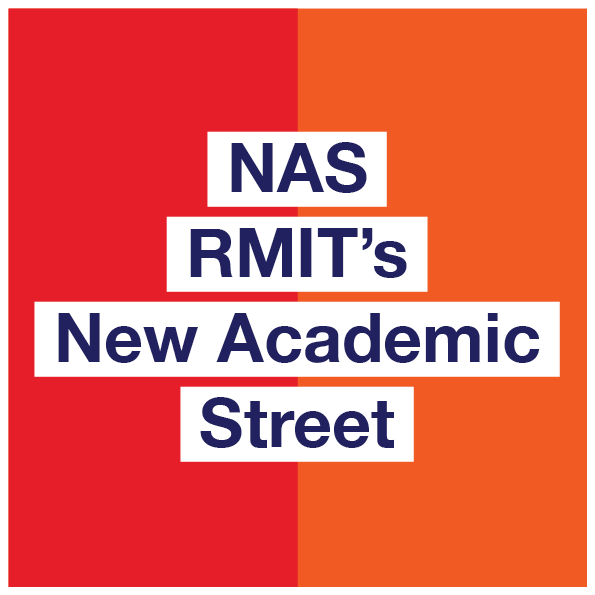Early Evolution of an Innovation District: Origins and Evolution of MID and RMIT University’s Social Innovation Precinct in Melbourne’s City North
Written by Marta Fernandez (RMIT Staff Author) — MIT University and Tom Bentley (RMIT Staff Author)
The development of an urban innovation district requires a unique, densely populated site connecting knowledge-intensive institutions with public spaces, large businesses, startups and SMEs, social hubs, and cultural institutions.
Based on conceptual frameworks in the field including urban development theory, quintuple helix model, entrepreneurship and open innovation models, this paper uses a case research study approach, the Melbourne Innovation District. The context is Melbourne’s city centre immediately prior to and during Covid-19 recovery.
The work analysed the vision and ambitions for the innovation district, the role of technology and enterprise in place-making and the impact of the pandemic in driving social innovation, the acceleration of demand for a ‘wellbeing economy,’ and incentives for collaboration between institutions.
This work contributes to existing literature by examining the evolution and progress of Melbourne Innovation District as a case, and the influence of the 22@ district in Barcelona, highlights practical and strategic insights into how the Melbourne Innovation District formed and built capability for collective strategy in a knowledge-intensive urban settings, and the role of innovation ecosystems to develop dynamic, inclusive urban economies in the pandemic recovery era.
Through this work we observed the key elements for the success in the early development of an innovation district including: the consideration of the real costs of collaboration; the establishment early on of a common vision and a long-term aspiration; the importance of achieving critical mass; the scattered evidence base; the need for ‘anchoring’ project and backbone organisation; the fragmented governance environment; the need for persistence with an integrated vision, that is connected to the overall city strategy; the identification of practical innovations that feed each other and create momentum.


